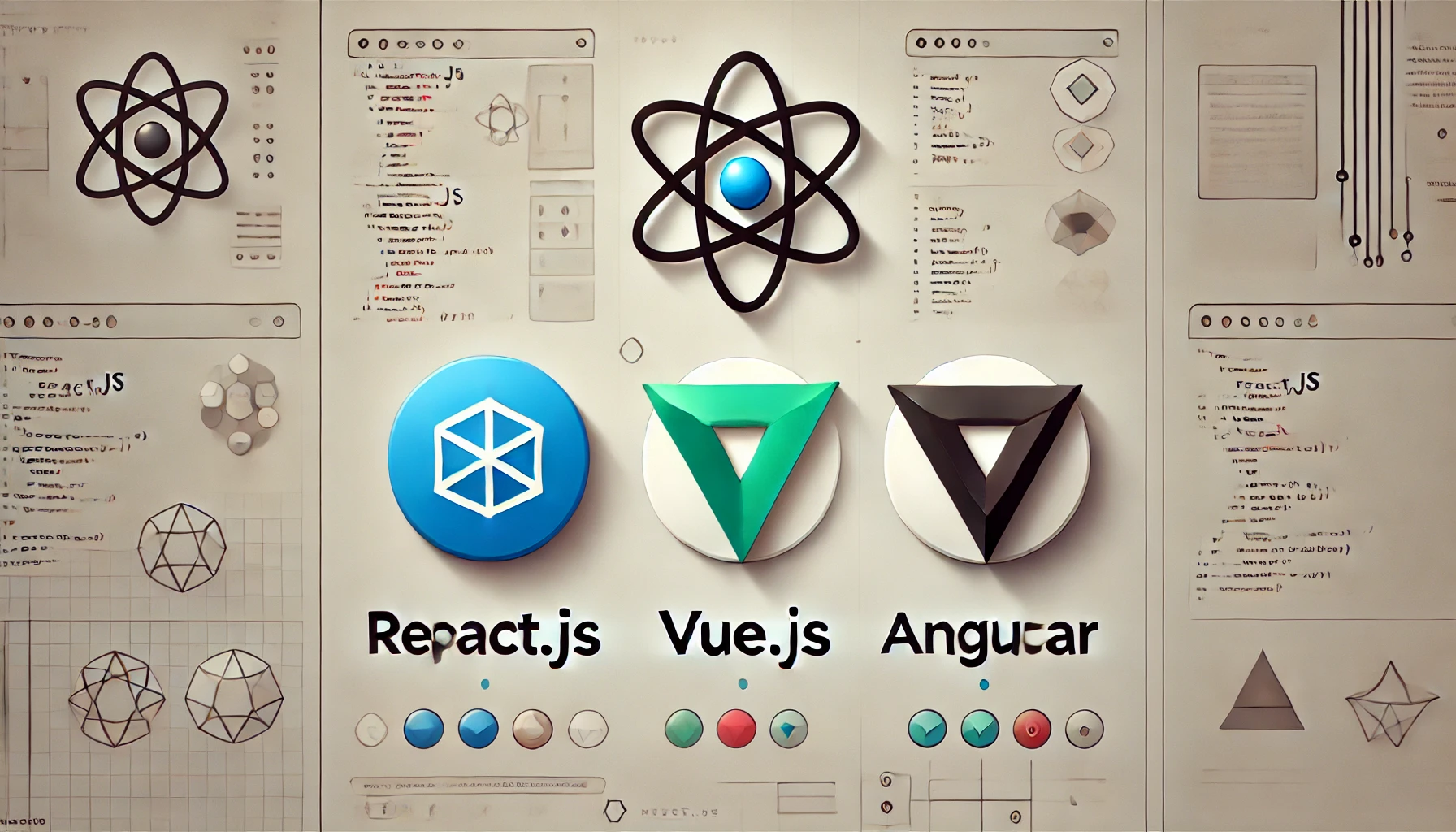The Ultimate Face-Off: React.js vs. Vue.js vs. Angular.js 🚀
 Harsh Goswami
Harsh Goswami
Introduction
Welcome to the battle of the frameworks! 🎉 If you're a frontend developer (or just someone who likes to play with code), you’ve probably heard of these three heavyweights: React.js, Vue.js, and Angular.js. But which one should you choose? Let’s dive in and find out, shall we? 🤔
1. React.js: The Cool Kid on the Block 😎
What is it? A library for building user interfaces, developed by Facebook. It’s all about components and makes your life easier with reusable bits of code.
React Component
import React from 'react';
const Greeting = ({ name }) => {
return <h1>Hello, {name}! 🎉</h1>;
};
export default Greeting;
Pros:
Huge community and a ton of resources.
Great for single-page applications (SPAs).
Flexible and allows for a lot of customization.
Cons:
Requires learning additional libraries for state management (like Redux).
JSX can be a bit confusing at first.
Best for: If you love the idea of building fast, dynamic UIs and don’t mind a little complexity.
. Vue.js: The Friendly Neighbor 🏡
What is it? A progressive framework for building UIs. It’s like React but with a sprinkle of simplicity and friendliness.
View Component
<template>
<h1>Hello, {{ name }}! 🎉</h1>
</template>
<script>
export default {
data() {
return {
name: 'Vue.js'
};
}
};
</script>
Pros:
Easy to learn and integrate into projects.
Great documentation—seriously, it’s like a warm hug!
Reactive two-way data binding (fancy, right?).
Cons:
Smaller community compared to React and Angular.
Can be limiting for larger projects.
Best for: Beginners or anyone who wants a smooth learning curve without diving into too many complexities.
Angular.js: The Overachiever 🎓
What is it? A full-fledged framework for building dynamic web applications, developed by Google. It’s like bringing a full toolbox to a nail-biting contest!
Angular Component
import { Component } from '@angular/core';
@Component({
selector: 'app-greeting',
template: `<h1>Hello, {{ name }}! 🎉</h1>`
})
export class GreetingComponent {
name: string = 'Angular';
}
Pros:
Complete solution with everything you need included (routing, state management, etc.).
Strong typing with TypeScript (if you like your code neat and tidy).
Cons:
Steeper learning curve. It’s like climbing a mountain without a guide. 🏔️
Verbose and can be overwhelming for beginners.
Best for: Large-scale applications where structure and maintainability are crucial.
Conclusion: Choose Your Fighter! 🥊
Each of these frameworks has its own strengths and weaknesses, kind of like superheroes with different powers! 🦸♂️🦸♀️ Your choice will depend on your project needs, your team’s skills, and how much coffee you’ve had that day.
So, which one will you choose for your next project? Let me know in the comments below! And remember, the best framework is the one that fits your needs like a glove! 🧤✨
Subscribe to my newsletter
Read articles from Harsh Goswami directly inside your inbox. Subscribe to the newsletter, and don't miss out.
Written by

Harsh Goswami
Harsh Goswami
Harsh | Frontend Developer 👨💻 I’m a passionate frontend developer with 2 years of experience at Softcolon Pvt Ltd. I specialize in creating responsive, user-centric web applications using modern frameworks like React.js, Next.js, and Remix. Currently, I’m focused on enhancing my skills in web development and exploring new technologies. When I'm not coding, you’ll find me collaborating with developers worldwide, participating in hackathons, or working on my portfolio website. I’m also considering starting a blog to share insights and connect with the frontend community. Let’s build amazing things together!